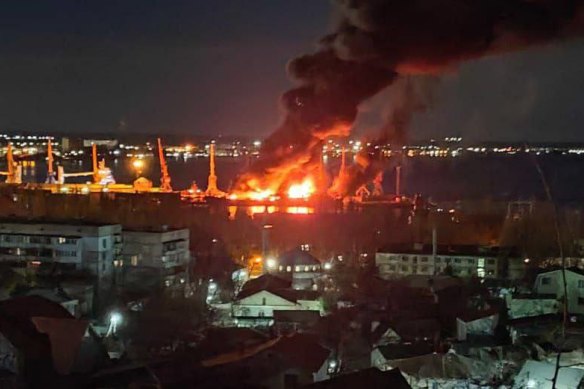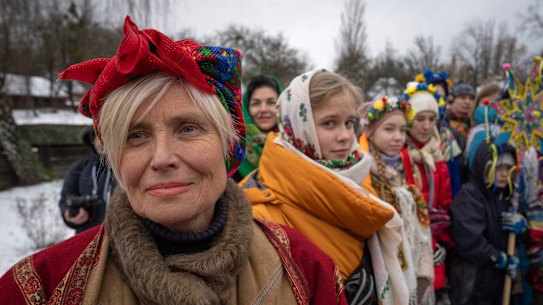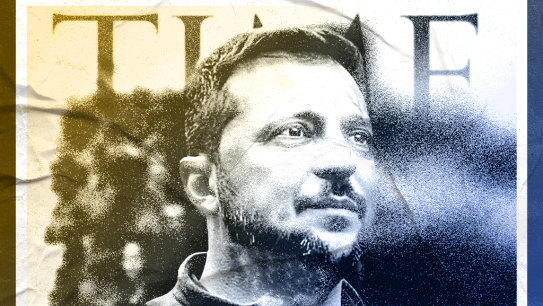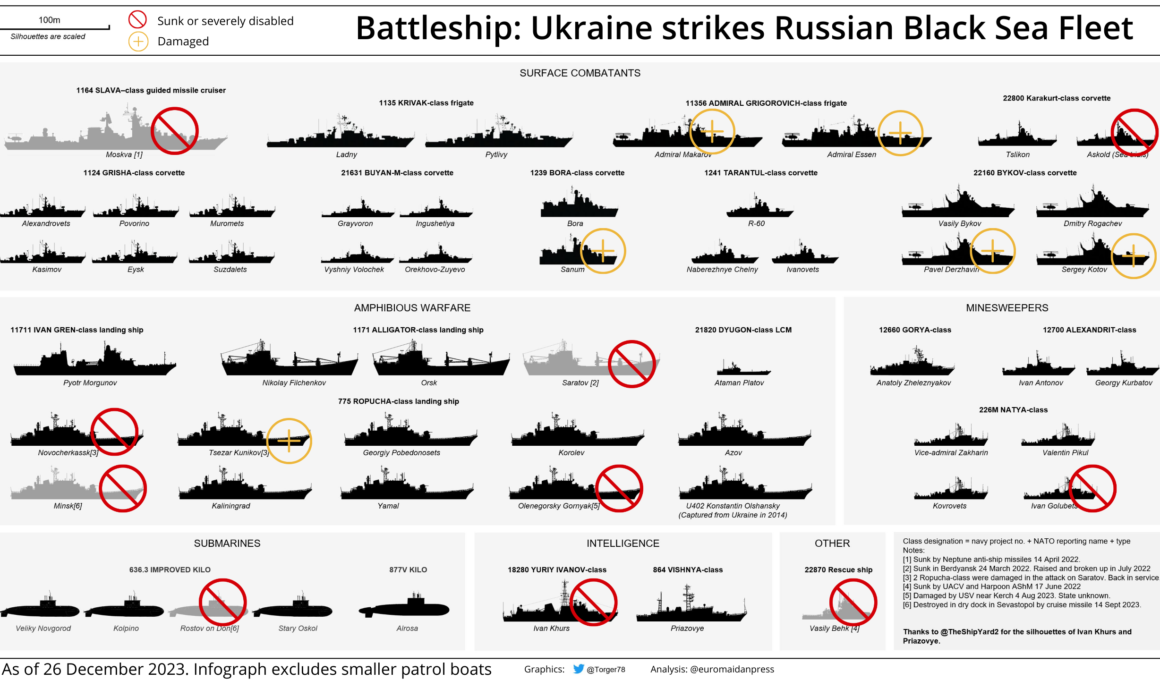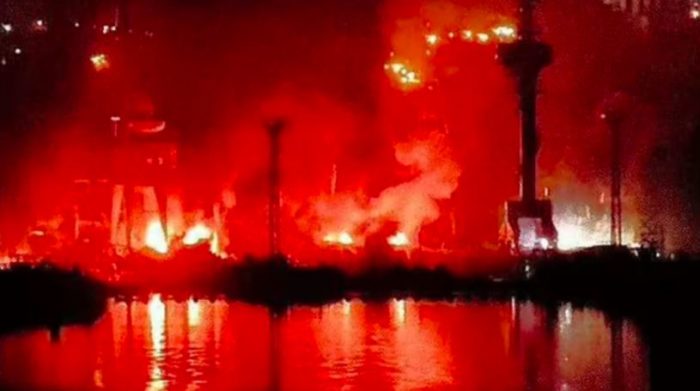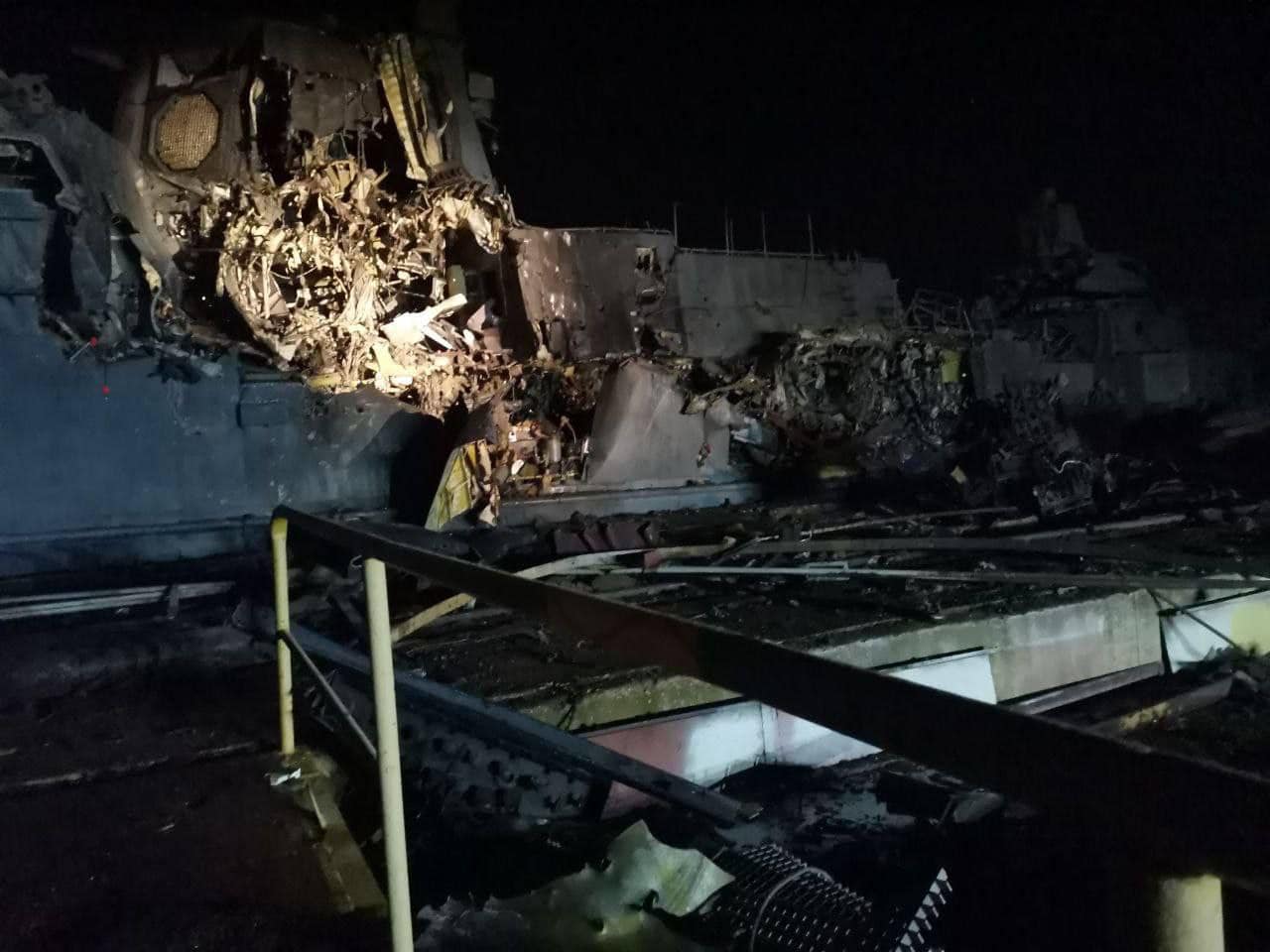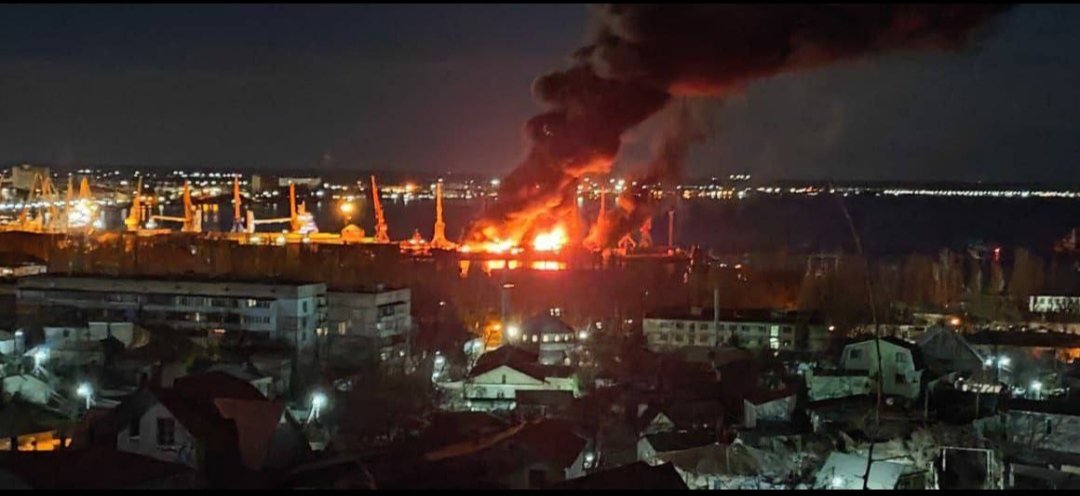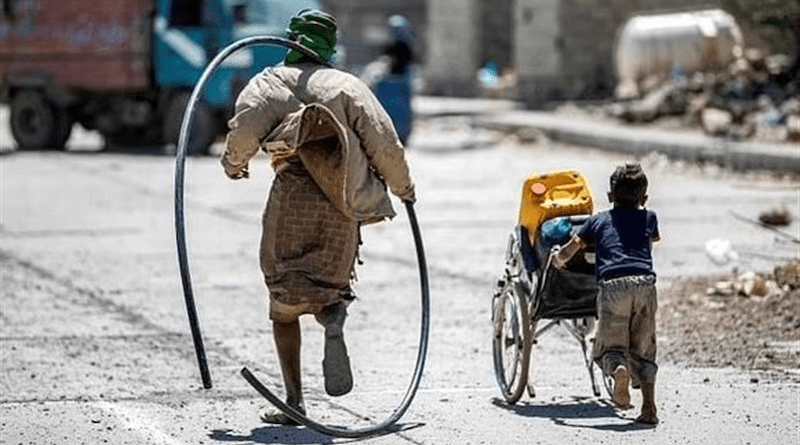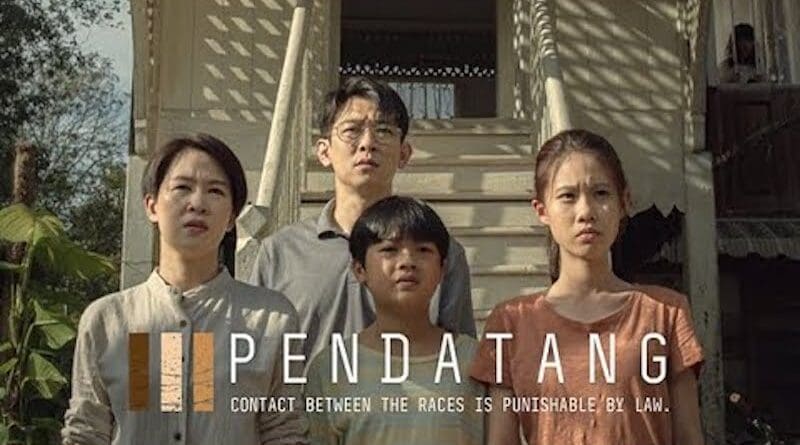
"Pendatang"
Reviving Malaysian Communist Ideology?
A Brief But Deeper Reading Of ‘Pendatang,’
A Malaysian Crowdfunded Movie On Race-Based Ideology – OpEd
I watched the first YouTube screening of a much-hyped Malaysian crowd-funded movie, Pendatang, produced by an indie film company, Kuman Pictures. From my basement, at 8:00 AM, on a wide screen, I tried to follow the narrative arc but first essentially enjoy the movie, as movie-goers are supposed to drown in the experience and let the semiotics of viewing take over your consciousness. I told myself I need to watch it again. I rarely watch movies and TV at all and so, this viewing was indeed a good one, as my mind was not fogged and cluttered with storylines and mutilated with manipulations made by producers, directors, and special effects people.
To me a movie is a book and a close reading of it can be well done after a few more viewings. Judging from the responses in cyberspace, Malaysians are thrilled with the movie, and some hailed Pendatang as “brilliant,” “well-made” and “a triumph of Malaysian moviemaking,” Understandably, since viewers appreciate free movies and enjoy the experience at the superficial level of reading. In this brief essay I present what I saw in it: its ideology and what the producer and the scriptwriter wanted us to see in all its subtlety. I offer a deeper reading of “Pendatang”
Background
Produced by Amir Muhammad of Kuman Pictures and Elise Schick, written by Lim Boon Siang and directed by Ng Ken Kin, the movie is funded by a group of Malaysians via crowdfunding. The rationale may be about lack of financial resources and to avoid being censored by the Malaysian Film body FINAS (Filem Nasional) who could be notorious in censoring parts of movies that touch on race and religious sensitivities.
Some background information about the movie quoted verbatim from the website of the movie company, Kuman Pictures:
“A Malaysian thriller movie on the triumph of humanity over racial extremism in a dystopian future. PENDATANG [i] s a script by Lim Boon Siang that we received as part of our first screenwriting competition in 2019. It is a dystopian thriller set in Malaysia where the different races are not allowed to mix, by force of draconian law.
The story starts when a Chinese family moves into their new “allocated” house and discovers a small Malay girl hiding there. Should they just ‘get rid’ of her and put her in mortal danger, or risk their own safety and lives by trying to smuggle her back to “the Malay area”? “
The premise of a certain Segregation Act, a post 9/27 or September 27 referendum that took the East Malaysian states of Sabah and Sarawak out of Malaysia, sets the setting and recur as the ideological backdrop of this divide-and-rule totalitarian society. The Act reads:
Under Section 1 (6) of the Segregation Act, any contact with a race other than one’s own is deemeddetrimental to the harmony and stability of the federation and is thus strictly prohibited… Under Section 4(4), any person who does or attempts to do, or makes any preparation to do, or conspires with any person to do, any act which has or which would have, if done, led to the harboring of a person other than one’s own race, shall be guilty of an offense and shall, on conviction, be liable for imprisonment for a term not less than 25 years.
Notes on my initial response
Here are some mental notes that played in my mind as I was watching it:
1. Not a “dystopian” movie as claimed in cyberspace, more of a scenario of alternate history/reality depicted
2. A scene of a house a Malay girl living in the attic like an animal, taken over by a Chinese family,
3. Though it is stated as a period after a “927 (September 27) referendum, the setting feels like the mid-1950s when Chin Peng, the leader of the Malayan Communist Party, came out of the jungle with a Malay Communist Rashid Mydin, for the Baling talks with Tunku Abdul Rahman, the first prime minister of Independent Malaya.
4. One must know the Chinese language or specifically the Cantonese dialect to appreciate the movie, since it is told from the point of view of a Chinese family the representation is that of a cultural domination,
5. The Malay girl is symbolized as a captive in her own home/culture and the Chinese family treated her initially like an animal or a freak, scaring her off with a snake (albeit considered a pet) released in the attic,
6. I did not have a sense that the Malay girl was to be returned to her family, as the movie makers made us believe through the synopsis, rather used as a symbol/object to be rescued by a Chinese family,
7. The plot was all over the place, chaotic. There is no clear sense of pacing, especially in the “emotional bond” between the feral and abandoned Malay girl, with the Wong family. The scenes were rushed throughout.
8. I love the kampong setting though. Reminds me of home I grew up, in a Malay kampong in Majidee, Johor Bahru, Johor (Malaysia). This is a nostalgic part of the movie that worked well for me personally,
9. Though there were some dramatic scenes of violence of shooting and killing, these seem contrived and force, as if they must be there for the sake of following a formula for a good Hollywood or Bollywood movie or to spice up the movie. The image of the main gangster or the junta leader, played by a young Korean-Pop-looking actor, is another redeeming quality of Pendatang, which needed the viewers to pay attention throughout,
10. Lastly, as the movie ended, I had this sense of yearning, for a serious philosophical and dialogical Malaysian movie.
How the Malay is represented
The makers of Pendatang promoted the theme a Malayan dystopia and that in the end “humanity triumphed.”. Fair enough of any poetic justice claim of the movie, I suppose. But herein lie a deeper reading of the rhetoric marketed:
The movie is governed by an ideology, of triumph, of communism in Malaya of the future, after a September 27 referendum? I reflect upon the beginning scene, especially the symbolism of the Malay home and what happened in it.
The producers-script writers of Pendatang wanted to show that had Malaya been governed by the Communists after the triumph of Chin Peng and Rashid Mydin and his gang, we would be ruled by a junta, Myanmar-looking folks in army fatigue using Malay homes as places of detention, as such depicted.
Malays, as “traitors to the new republic of Malaya,” would be forced to flee their homes, and as in Fidel Castro’s Cuba after the revolution, property will be confiscated. The symbolism of triumph of a totalitarian regime such as Communism of the Parti Komunis Malaya is clear: use the Malay homes for whatever for after moving the Malays elsewhere. In this case the home, with all the glories of Malay symbolism of Perak-like architecture of the Ghee Hin and Hai San warring period in Perak history, with also verses of the Quran on the wall, is to be used to send the Chinese family to occupyas punishment, even if it is because of a traffic violation. In the story, the Malays have been banished elsewhere. The Communist are now in power and patrons and protects the Chinese community.
In Pendatang, I saw a troubling representation of a Malay girl. “Panda” the Malay girl, for whatever reason have been left behind in the Gaza-like situation of land occupation by the post- “927” victors acting like members of a Communist Party of Malaya, or in the process of political segregation, lost the sense of communicating, speaks in animal-like grunts, climbs down the attic like a monkey using what looked like a huge noose (rope for committing suicide,) and wonders where her parents are. She grew up in the house, her ancestral home, in her ancestral land, now occupied by the Communists.
I ask: is this the producer’s and writer’s representation of Malay culture destroyed by the takeover of a Chinese-based foreign power, as such as the Malayan Communist party? Is she a symbol of the future of the Malays perhaps? Both a dystopia and a utopia of a Malaysia taken over by the junta?
The Chinese family in Pendatang looks modernized and more civilized than the Malay girl, knows Malay Language and English well, and the daughter owns a smartphone, a symbol of modern-day relative affluence. as the script writers wanted the representation to be. The Wong family was sent there not by their own free will, but as the story unfolds to also be a savior to the Malay girl, Panda. There is a complex symbolism of ideology and race relations here. Of the Chinese family as messiah to the Malay girl who would have been killed by the Communists-looking gang of “peacekeepers.” Below is an elaboration of what the moviemakers are trying to say in what feels like a propaganda production.
The ideology is of the triumph of the Communists and the ouster of the Malays and the dominance of Chinese culture next, and hence, upon the Malays. Again, by way of representation and characterization, the Malay girl is depicted as barbaric, helpless, wild, paranoid, schizophrenic, and above all her soul and spirit as a Malay destroyed by the occupation of the colonizing forces. She is half-human, abandoned, lost, and till the end of the story we do not know her history and what happened to her family. She is there to be objectified as a character to be responded to by the well-educated, well-bred, savior-mentality Chinese family who was sent by the Heavens to save a Malay girl, even at the expense of risking their own lives.
The creators of the movie Pendatang had that ideology in mind, to be broadcast subtly to the Malaysian public. It is disguised as a movie on race-relations conflict resolution crowd-funded entertainment, feel-good polity. In a Tanah Melayu, land of the Malays, the reverse scenario is that the Malays are now the foreigners and intruders and migrants about to be decimated as a race, through a Segregation Act, and in a land now ruled by a Communist-like party which protects the Chinese, it takes a Chinese family too to save the life of a Malay girl. Condescendence and hegemony at play, from a social-psychology perspective. The Colonizer-Colonized syndrome. This is marketed as a “humanity” aspect of the movie, though there is a clear truncating and mangling of reality vis-a-viz history of Malaya.
Celebrating the Triumph of Malayan Communist Party?
The first few minutes of the movie, produced by Kuman Pictures, showed the setting of what feels like a post-Baling talk of 1955 by the Malayan Communist Party and Tunku Abdul Rahman in Baling Kedah. Chin Peng and Rashid Mydin and the gang supported by Communist Party of China went back into the jungle after the talks failed to bring a peaceful resolution.
The Maoist-Marxist-Leninist armed struggle of the Communist Party resumed. The aspiration of the PKM (Parti Komunis Malaya) and to install Chin Peng as a prime minister of the new republic of Malaya was stalled. Today, with the help of the Armed Forces, especially Askar Melayu di Raja, the insurrection was crushed. Malaysia is what it is today. Run by nationalists and religion is preserved, albeit in all its glory and horror. All religions are respected.
In Pendatang, the scenario is the opposite. The Communists triumphed, the country was ruled by a junta reminiscent of the Bintang Tiga, and the administering of martial-law-like government favored the Chinese. As I write this, I think of the academic work Red Star Over Malaya by Cheah Boon Kheng and Noel Barber’s War of the Running Dogs, that narrates the British Malaya’s 12-year Emergency Period, that cost thousands of lives. A time when the British with the help of Malay soldiers crushed the insurgency.
Is Pendatang a Communist-sympathized movie? Revival of the aura of Maoist-Marxist-Leninist ideology that form the revolutionary ethos and guides the spirit of Parti Komunis Malaya? These arecentral questions worth analyzing. The movie started with a premise, an ideological one that promoted the triumph of the anti-British Malaya, anti-Malay, anti-nationalist regime. Segregation law is strictly enforced. and the Chinese-dominated junta ruled, like the Taliban in Afghanistan or the Communist Army established by Mao Zedong.
As mentioned earlier, the Malays, in the movie, are the “pendatang,” taken out by force, yanked out of their dwelling, and relocated. A “Gaza-situation for the Gopeng Malays.” Tanah Melayu is no longer relevant as a nationalist cry and the Malay home is now a place to be used for anything by the “Bintang Tiga” (Malayan Communist) -like forces.
The property of the Malays is confiscated, and the people are sent to segregation camps/kampongs and make them suffer the plight of a people occupied, as in Gaza and West Bank. How the people voted “YES” for the segregation referendum is not clearly alluded to in the movie, and I assume that many of the votes would have come from the Chinese community, reminiscent of the scenario of the separation of Singapore from Malaya in 1965.
The junta favors the Malayan Chinese, at least as depicted in the first few scenes of the movie.
This movie is the hope by the filmmakers that the ideology of the Malayan Communist Party has come to its final glory and the cry of “Unity and Glory” of the new regime will triumph.
The above notes are my initial reading of the opening scene of Pendatang wherein the Malays are chased out of their homes and their homeland.
My second reading: On ideology
I did a closer reading of it, after watching it the second time. Good effort at a rushed product. Poor acting overall, truncated dialogue, unclear theme, weak plot, too much display of skills of shooting each other, overkill in representing gangsterish behavior ala’ Malaysian with guns, disjoint/dissonance of the central figure (the Malay girl’s) representation to the central theme of Pendatang and an escape from the central conflict the movie is supposed to cinematize.
It started off with a good intention of showing that, had the Communists won and favored the Chinese, the Malays would have been totally segregated into oblivion. The ending where the Malay businessperson (poorly acted) is negotiating the cuts (percents) seems too confusing, taking away the need for the movie to end its restating of the thesis of “outsiders/pendatang,”. It ended like a bad gangster movie of the B-grade.
I feel that the writers, director, and producer had wanted to present the ideology of revenge against the dominant race: the Malays and do a reverse segregation. Poorly crafted movies are merely a medium to the message.
A lot is missing in this movie. A totally rushed job manifested in the chaotic narrative arc that seems to stray away from the central theme, or a way for the writer to find a quick exit from further elaborating the propaganda message romanticizing the return of Malayan Communism.
Nonetheless Pendatang is a good attempt, via crowdfunding, a good business model of low-budget moviemaking.
Conclusion
Reading deeper into the ideology of the movie and what could be in the heads of the moviemakers (scriptwriter especially) I see not a story about a message on Malaysian unity and the dangers of segregation” but as the promotion of a revived and revitalized Communist ideology that failed to take root after the 1955 Baling talks and after 30 years of struggle to install as Communist Republic of Malaya under the control of the Communist Party of China. Pendatang is a subtle warning to the Malays especially, that if you are not careful of crafting the future of Malaysia, after the “exit of Sabah and Sarawak,” and the “dominance of the American dollar,”, this ideology of neo-Maoist-Marxist-Leninist will take over Malaya, a new “Red Star Over Malaya,” scenario.
Pendatang is sending this message of a scenario of such control, domination, and colonization of a newly segregated Malaysia that sees the Malays as traitors and ought to be displaced in their own land, Tanah Melayu. The naming the girl in the movie “Panda” (a national pet of China”) to onlyrealizing towards the end of the story that her name is “Raifa” (meaning “compassionate” in Arabic,) and presenting a muted, psychologically mutilated Malay, and one who is made homeless in her own land, to the overarching message of Malayan-Chinese-favoring junta ala’ Parti Komunis Malaya, the movie is an ideological push to a final, albeit imaginary, victory of the Malayan Communist party.
I have offered a view on the ideology of this propaganda movie. Of what the writer and producer may have wished to convey.
It is a warning to the Malays. If things do not change to desegregate de jure or de facto, a Communist-inspired regime will take over, bringing “unity and glory” to the new republic of Malaya. A warning even to the Malays of today. Who then, will be the “pendatang“? Who then will be the outsiders? In a world of reverse reality?
I welcome discussions on this perspective.

Dr. Azly Rahman is an academician, educator, international columnist, and author of nine books He holds a Columbia University (New York City) doctorate in international education development and Master's degrees in six areas: education, international affairs, peace studies, communication, fiction, and non-fiction writing. He is a member of the Columbia University chapter of the Kappa Delta Pi International Honor Society in Education. Twitter @azlyrahman. More writings here. His latest book, a memoir, is published by Penguin Books is available here.
